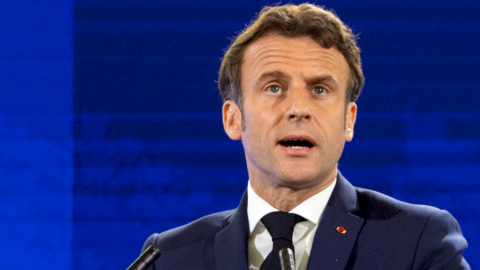Pending the much-desired climate neutrality by 2050, methane emissions from oil and gas, worldwide, must be reduced throughout the production chain. It is the fastest and most effective method for slow down the pace of global warming.
In this regard, an online webinar was held on Wednesday 6 May in the context of the latest technologies designed for measuring methane emissions on a global scale.
Precisely on this occasion, the new satellite was presented MethaneSAT, which will be launched, at the end of 2022, by subsidiary of Environmental Defense Fund (EDF), a leading international non-profit organization that creates innovative and lasting solutions to tackle the most serious environmental problems.
This innovative satellite was specifically designed to identify the areas and extent of methane emissions around the world, so that companies and governments can track, quantify and take action to reduce these emissions, making all the data publicly available.
But what differentiates it from other satellites? MethaneSAT was designed to measure regions at short, less than seven-day intervals by regularly monitoring approximately 50 major regions representing over 80% of world oil and gas production.
With its moderately high spatial resolution, coupled with high accuracy, the new satellite will be able to detect lower emission sources.
Because it will focus on methane, MethaneSAT will be cheaper and faster to launch than multifunction satellites built by government space agencies, combining the economic benefits of each model with results available to all.
This means that critical data will be communicated as soon as possible, thus filling significant data gaps left by other satellite systems, enabling companies and countries to make better decisions and act sooner. Thus, the new technology will help transform the climate challenge into an opportunity, thanks to the power of data.
"It is a sophisticated mission, with a single purpose, that is to reduce emissions faster by making them visible - said Steve Hamburg, The Chief scientist at EDF and co-lead of the project – MethaneSAT is complementary to existing satellites, as it brings a greater ability to consistently identify and quantify sources of methane almost anywhere on the planet”.
To get a complete picture of methane emissions, different types of measurements are needed: on the one hand, there are global mapping detectors, to measure long-term trends, rank on the other point detection systems, to identify large emitters over narrow ranges. Between the two extremes, however, there are detectors such as MetheneSAT, equipped with a broad visual spectrum and greater spatial granularity.
On the issue of methane emissions in Italy, The Friends of the Earth (the environmental association recognized by the Ministry of the Environment) is carrying out a study on behalf of the EDF, on the quantitative and qualitative data of the supply chain, but also on the role of methane in the context of the European Green Deal, which will be finalized in the second half of 2020.
“We are convinced as Friends of the Earth – declared the president of the association, Monica Tommasi – that natural gas plays an important role in the energy transition, continue to support all the instruments that can make an important contribution to making its use more efficient”.





